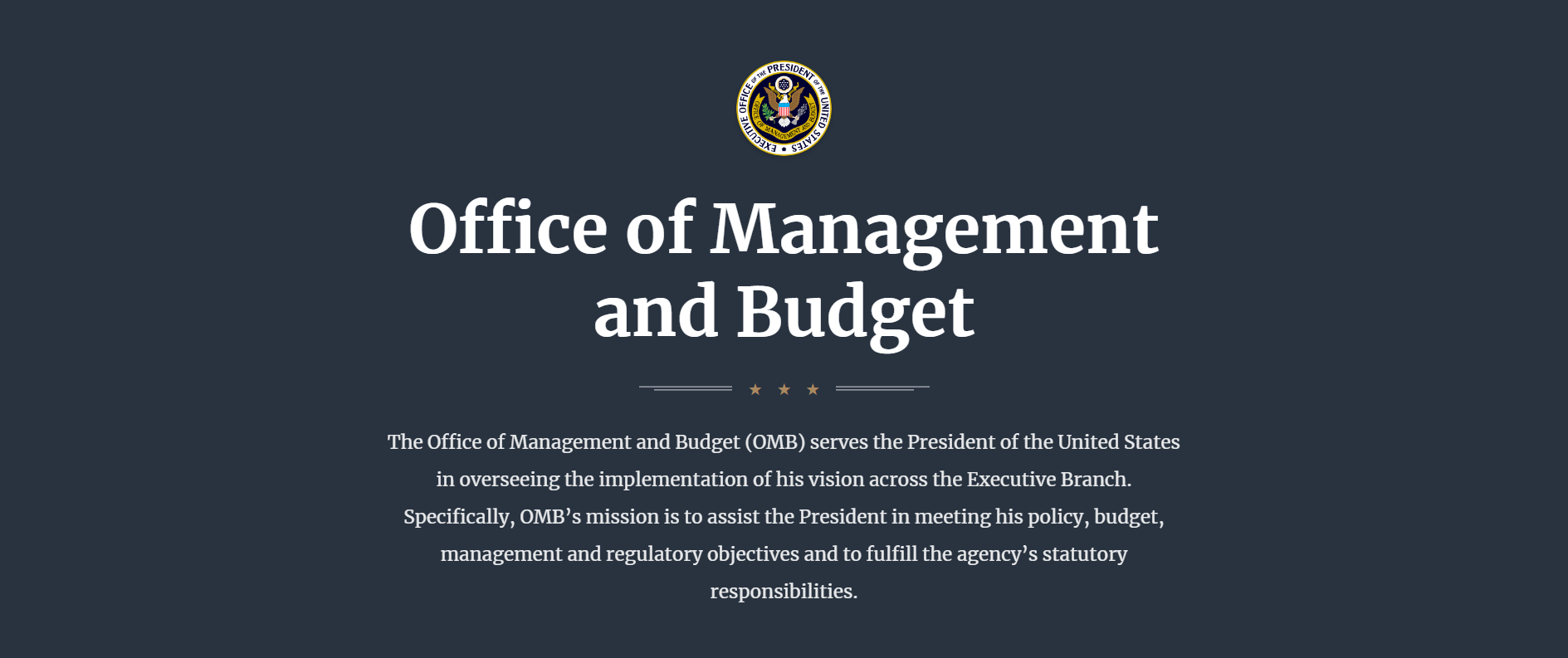
Popular Great Lakes restoration program slated for a 90 percent cut; EPA staffing decline would continue
Titled “A Budget for a Better America,” the Trump administration’s 2020 budget released on Monday makes another attempt to subject the U.S. Environmental Protection Agency to draconian funding cuts and proposes to all but eliminate the Obama-era Great Lakes Restoration Initiative.
If approved by Congress, EPA funding would be reduced by $2.8 billion to $6.1 billion, a 31 percent reduction.
“The 2020 budget continues EPA’s work to ensure clean air, water, and land, and safer chemicals, while reducing regulatory burden and eliminating lower-priority activities,” the budget narrative said.
The narrative said the agency would continue to focus on regulatory reform including for the Waters of the United States Rule (WOTUS), the Obama rule that defined which waterways come under the Clean Water Act.
The EPA is in process of rewriting the rule eliminating provisions of the original, which it has declared regulatory overreach. Unlike Great Lakes restoration, which focuses on cleaning up legacy toxic sites, WOTUS is preventive.
The popular Great Lakes restoration program would again be slashed from $300 million to $30 million if the Trump budget is approved as proposed.
Want to tell your U.S. Senator what you think about Great Lakes funding? Click on the points on the map for links to email them.
The president’s initial budget shocked the region in 2017 when Trump zeroed out Great Lakes funding, especially since it was the core Great Lakes states of Wisconsin, Michigan and Ohio that were key to him winning the 2016 election.
Money for Great Lakes restoration was restored by Congress in the budget process as it is a popular program with the Great Lakes congressional delegation.
Funding for the EPA was also restored to near the 2016 levels as the cut was a tough sell with legislators, most of whom have EPA projects in their states or districts.
The budget projects the number of EPA employees to continue a decline that began in 2011 when the agency had 17,500 employees. In 2019, the number is 14,000 and is projected to decline to 12,500 in 2020.
“War on the Great Lakes”
The reaction from key members of the Great Lakes congressional delegation was swift and predictable.
“The Trump Administration just doesn’t get it and is once again gutting funding for the Great Lakes,” said Michigan Sen. Debbie Stabenow in a statement. She said she “will lead the bipartisan fight to restore every penny.”
Michigan Sen. Gary Peters and Ohio Sen. Rob Portman released similar statements pledging to restore the funding cuts.
“This is a continuation of Trump’s War on the Great Lakes,” said Howard Learner executive director of the Environmental Law and Policy Center (ELPC). “He just doesn’t get that the Great Lakes is a global gem where we live, work and play.”
While not a budget issue, Learner in a statement said that the Trump EPA has also failed to address toxic algae blooms in Lake Erie. ELPC has a lawsuit pending in Toledo against the EPA on this matter.
Learner has testified before Congress requesting that funding for Great Lakes restoration be returned to its original 2010 level of $475 million. It was cut to the current $300 million in President Obama’s second budget.
Information on funding for approximately $800 million for the Army Corps of Engineers for a new Soo Lock was not available in the budget packet released on Monday.
The Army Corps’ Detroit office did not respond to a request to comment by deadline.
The Trump 2020 budget now goes to Congress where it will be dissected in the appropriations process. The deadline for a new budget is October 30 if another government shutdown is to be avoided.
Editor’s Note: Post-deadline, the Army Corps of Engineers announced that President Trump’s 2020 budget includes $75 million for a new Soo Lock. This has been a major priority for the Michigan and Great Lakes congressional delegation. Click here to view the budget.




